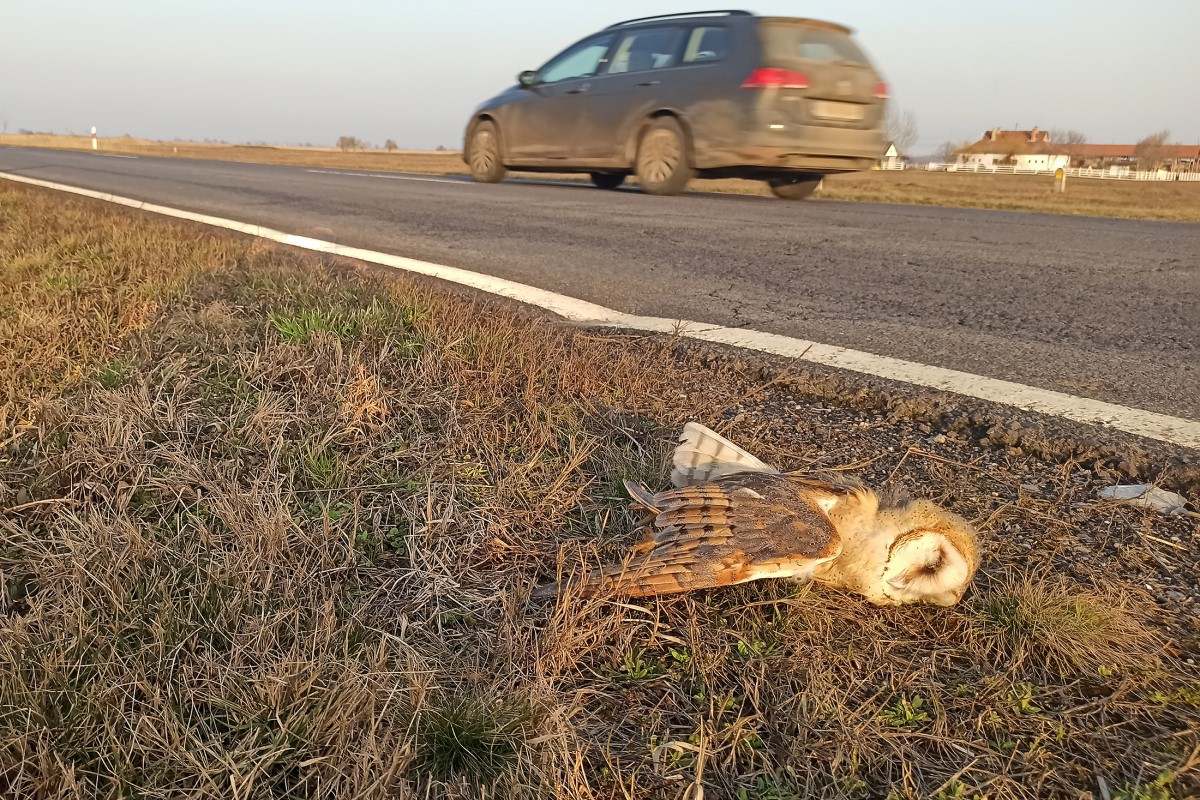
The members of the ‘Lendület’ Seed Ecology Research Group of the ELKH Centre for Ecological Research (CER) examined the human factors behind animal-vehicle collisions through a questionnaire survey. The researchers pointed out that there are significant correlations between the frequency of collisions, driver attitudes, and driving habits. The paper presenting the results was published in the Journal of Environmental Management.
The rapidly developing road network places a significant burden on terrestrial ecosystems, increasing the number and severity of conflicts between humans and wildlife, which are most often manifested in animal-vehicle collisions. Collisions with animals raise serious problems from both a conservation and traffic safety perspective. If we want to express this in numbers, it can be said that hundreds of millions of vertebrate animals are victims of vehicle collisions worldwide every year. This results in significant financial damage and personal injury. The problem is not new, researchers have been aware of it for decades, and numerous studies have been conducted. Most of these were based on field surveys. With their help, a list of affected species was compiled, conservation damage estimated, and “hotspots” identified, i.e., road sections where the frequency of collisions is higher than average.
“Our research is novel in that it targets the social strata traveling on the road, so it captures the problem from the other end. The experience and opinions of drivers contain a lot of useful information for accident prevention, which can be collected and evaluated in this way,” explained Sándor Borza, one of the first authors of the article, a PhD student in the Cooperative Doctoral Program.
It is very important to consider how interested the affected social stratum is in the topic, how conservation or financial damage affects them, and what solutions they consider good or acceptable to reduce the problem.
“Many people were interested in the survey, a total of 2123 people completed our questionnaire, which is an outstanding number worldwide!” emphasized Sándor Borza. “We were curious about what animals drivers had hit during their lifetime, whether they had suffered financial damage, and, most importantly, whether their driving habits and attitudes affected the likelihood of collision.”
The researchers found that nearly half of drivers have had at least one collision with an animal during their lifetime and one in four drivers suffered property damage as a result. Male drivers, drivers who cover longer distances annually, use secondary roads more frequently, and drive larger vehicles were more likely to collide with animals. However, driving style, whether someone drives slower or more dynamically, did not affect the likelihood of an animal-vehicle collision. “This does not mean that the two things are not related at all, as research supports that at certain speeds, it is not possible to slow down enough to avoid a collision,” added Sándor Borza. The drivers’ attitude towards the importance of nature conservation and traffic safety in relation to animal-vehicle collisions was significantly influenced by whether they had hit something before in their lives. More than a third of drivers shared their opinions on possible ways to improve traffic safety. The most popular form of action was the installation of protective devices (wildlife fences, wildlife crossings), but many also pointed out the usefulness of warning signs and the greater responsibility of hunting associations, including control of the number of large game animals.


